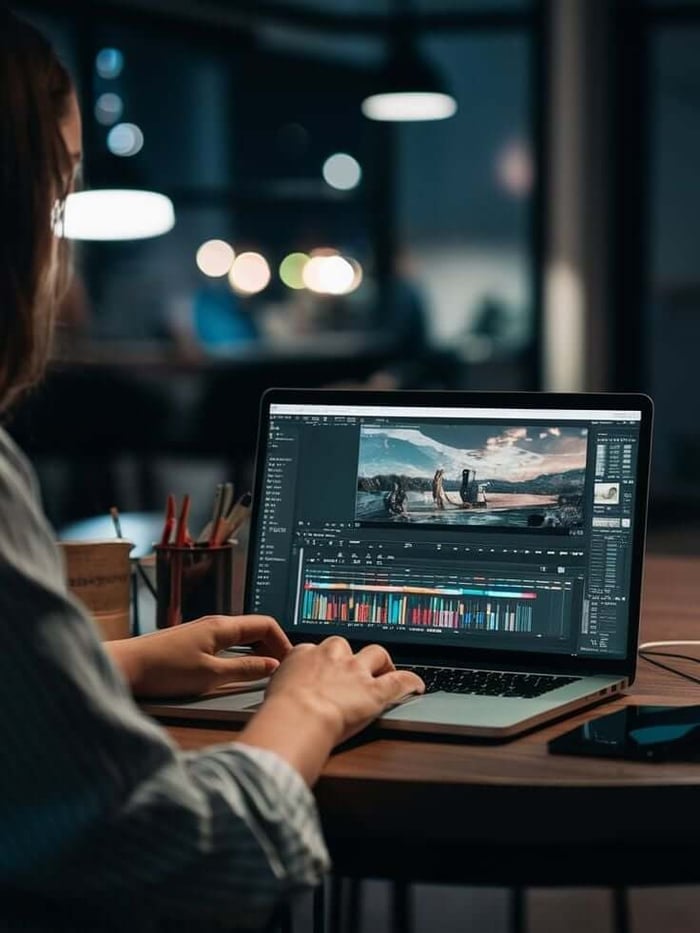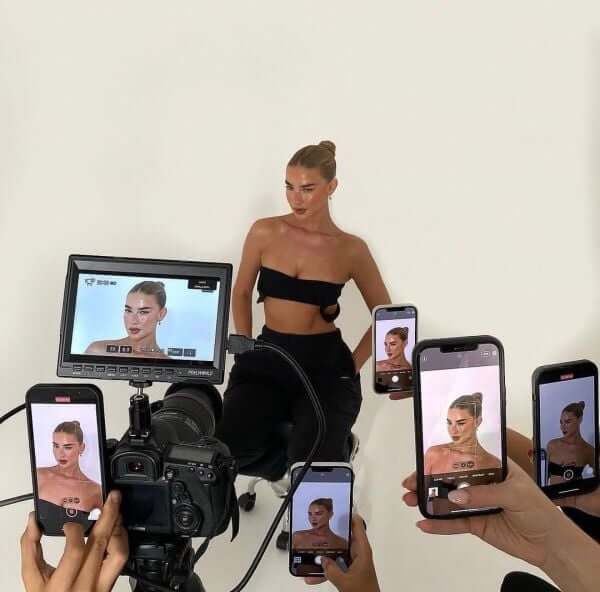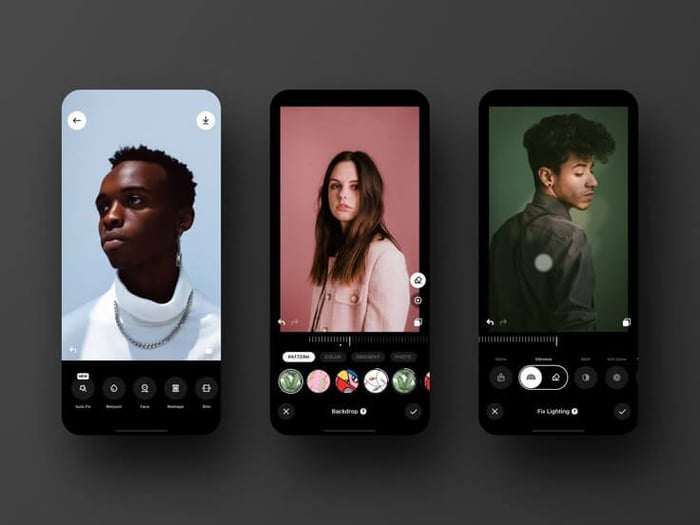Automated Video Generation: Transforming Content Creation with AI-Powered Technology
Table of Contents
- The Growing Demand for Video Content
- What is Automated Video Generation?
- Key Technologies Powering AI Video Generation
- Use Case: Modelia
- Benefits of AI Video Generation Platforms
- Industries Being Transformed by Automated Video
- Democratizing Content Creation
- The Role of Human Creativity in the Age of AI
- Common Concerns and Misconceptions
- The Future of AI in Video Production
- The Road Ahead
We’re living in an era where information is consumed rapidly, visually, and on-demand. By 2025, content creation has undergone a quiet revolution powered by artificial intelligence (AI). Among the most disruptive innovations in this space is automated video generation. This powerful technology is transforming how businesses, educators, marketers, and creators produce videos making it faster, more efficient, and scalable.
The Growing Demand for Video Content
Video is no longer a “nice-to-have” it’s a strategic necessity. Studies show that over 80% of all consumer internet traffic is video. Whether it’s for product demos, educational content, social media, or corporate communications, video drives engagement, enhances comprehension, and builds emotional connection. However, the time and cost required for traditional video production have become limiting factors especially for small teams or those with fast-moving content demands.
Consumer habits are also evolving. People increasingly prefer short, informative videos over lengthy text formats. Platforms like TikTok, YouTube Shorts, and Instagram Reels have set new standards for how content is consumed. In this environment, businesses must be agile in content delivery while maintaining quality and brand consistency making automated video generation an invaluable resource.

What is Automated Video Generation?
Automated video generation uses artificial intelligence to transform text, data, or still assets into dynamic video contentwithout traditional filming or manual editing. By automating key steps like script rendering, voice narration, avatar animation, and background design, these platforms empower users to create professional-quality videos at a fraction of the cost and time.
This process typically begins with a simple input such as a blog post, product description, or marketing script which is then transformed into a video format using predefined templates and AI logic. From text-to-speech engines to AI avatars and motion design, these tools offer end-to-end solutions for businesses looking to scale their video output.
Key Technologies Powering AI Video Generation
The success of this approach lies in the convergence of multiple AI disciplines:
Natural Language Processing (NLP): Interprets scripts and turns them into structured scenes.
Computer Vision: Enables layout generation and movement within visual elements.
Synthetic Voice Generation: Produces lifelike narration in multiple languages.
Generative AI Models: Used to create avatars, visual styles, and transitions that are tailored to brand guidelines.

Recent advancements have also introduced emotion-aware AI that adjusts tone and delivery based on the context of the script, creating a more natural and human-like viewer experience.
Use Case: Modelia
Modelia is a standout example of how AI is revolutionizing visual storytelling. While its primary focus is on fashion e-commerce, the platform enables brands to instantly generate high-quality visuals featuring AI-generated models wearing specific garments. This dramatically reduces the need for photoshoots and simplifies the content creation process. These visuals can serve as foundational assets for video storytelling, campaign planning, and branded content. Modelia’s intuitive interface, customization features, and scalable output make it a valuable ally in the pre-production and ideation phases of automated video workflows.
Level up your retail strategy: discover Modelia's
Benefits of AI Video Generation Platforms
There are compelling reasons why creators and businesses are turning to automated video platforms:
Speed and Efficiency: Produce videos in hours instead of days or weeks.
Reduced Costs: Save on production crews, studios, actors, and travel expenses.
Multilingual Capabilities: Easily localize content to reach global audiences.
Personalization at Scale: Tailor messaging for different segments, increasing relevance and engagement.
Creative Empowerment: Allow creators to test, iterate, and publish ideas faster, fueling innovation.
Another significant advantage is the ability to maintain consistency across formats and languages. For global brands, having the ability to produce culturally localized videos without hiring separate teams in each region streamlines operations and improves time-to-market.
Industries Being Transformed by Automated Video
The impact of this technology spans across numerous sectors:
Education: Create on-demand learning content with consistent tone and format.
Marketing & Advertising: Launch high-frequency campaigns with personalized messaging.
E-commerce: Add product explainers or customer service tutorials directly on listings.
Corporate Training: Standardize onboarding and compliance training efficiently.
Government institutions and non-profits are also exploring automated video to increase accessibility. AI videos can include closed captions, translations, and sign language avatars improving inclusivity and compliance with accessibility standards.

Democratizing Content Creation
One of the most exciting elements of AI-powered video is accessibility. Previously, high-quality video production was reserved for those with large budgets and professional studios. Now, even small startups or solo creators can produce branded, polished videos using only a script. This democratization is expanding creative potential and leveling the playing field across industries.
AI tools also foster experimentation. Creators can test different tones, lengths, and visuals without investing significant time or resources. This allows for rapid A/B testing and iteration, which is especially beneficial in fast-moving markets or during campaign launches.
The Role of Human Creativity in the Age of AI
Despite automation, human insight remains central. AI handles the heavy lifting, but the heart of storytelling tone, emotion, originality still comes from people. Creators are evolving into directors, editors, and brand architects, using AI tools to bring their vision to life more efficiently than ever before. Moreover, human oversight is critical in ensuring that content is contextually accurate, culturally sensitive, and aligned with brand values. AI is a tool but it is the human touch that gives content meaning.

Common Concerns and Misconceptions
As with any technological advancement, automated video generation faces skepticism:
Will it eliminate creative jobs? Not likely. It shifts roles rather than replaces them, enabling creatives to focus on strategy, ideation, and higher-level storytelling.
Is the content authentic? When properly directed, AI can reflect a brand’s voice and emotional tone. Human oversight ensures consistency and integrity.
Is AI-generated video ethical? Transparency, consent, and disclosure remain important. Reputable platforms build guardrails to ensure responsible use.
Many tools also include watermarking and metadata tagging to clearly indicate when a video has been AI-generated, which promotes transparency and trust.
The Future of AI in Video Production
We’re only at the beginning. As models become more intelligent and responsive, the next frontier includes:
Real-time video personalization based on viewer behavior
Fully interactive video experiences powered by generative AI
Integration with AR and VR for immersive storytelling
In the future, we may see AI collaborators that can co-write scripts, suggest scene changes, and adapt content for specific audience personas. This next-gen evolution will blend storytelling with real-time data to make content more relevant than ever before.

The Road Ahead
Automated video generation is not just a shortcut it’s a leap forward in how we communicate visually. By combining speed, scale, and creative freedom, AI-powered platforms are opening new doors for businesses and creators alike. As the technology continues to evolve, the ability to craft compelling video stories will become more intuitive, more accessible, and more impactful than ever before.
Keep reading about AI and fashion and don't miss a thing with the Modelia newsletter.
How would you rate this article:
Related Articles
- 5 Innovation ways to use AI in fashion
- AI-Powered Video Creation: How Artificial Intelligence is Revolutionizing Video Production
- 8 AI Changes that are Revolutionizing the Fashion Industry
- Virtual Fitting Rooms: How Technology is Revolutionizing Online Shopping and Fashion
- How to Use an Outfit Visualizer for Fashion Inspiration
- Branding for Ecommerce: Strategies for Creating an Impactful Online Presence
- How to Create a Clothing Brand: Step-by-Step Guide
- Best Vmake.ai alternatives you should check for 2025
- How AI Image Expansion Tools Can Enhance Your Visuals
- How Virtual Fitting Room Technology Is Changing Shopping

